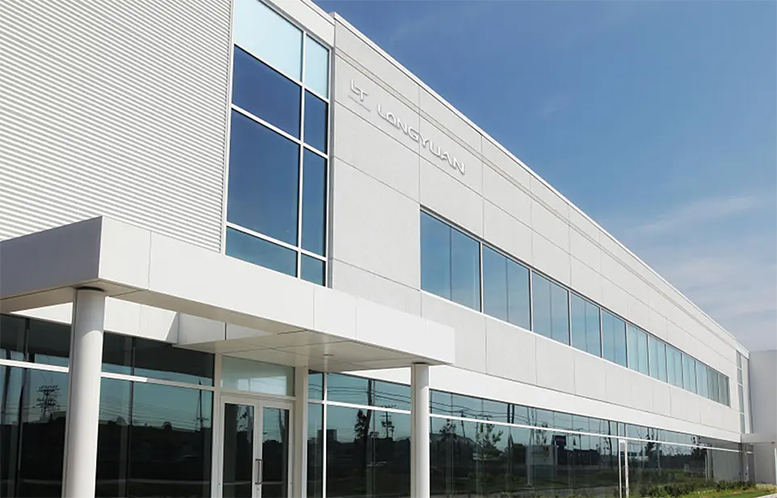
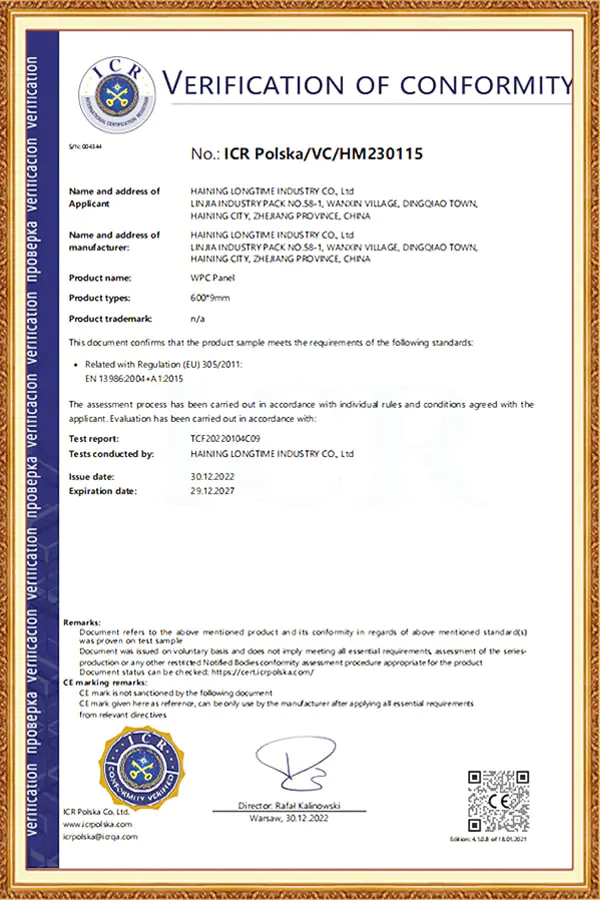
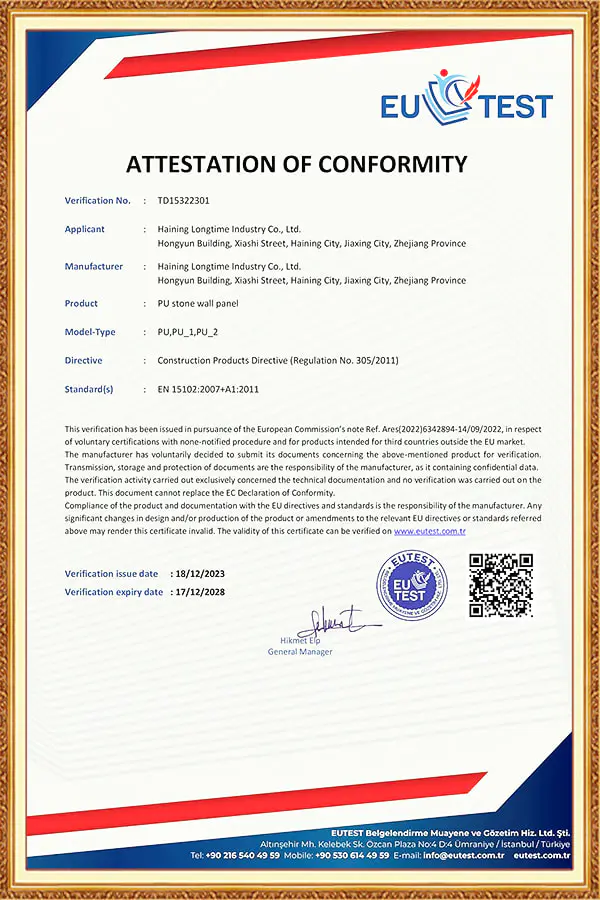
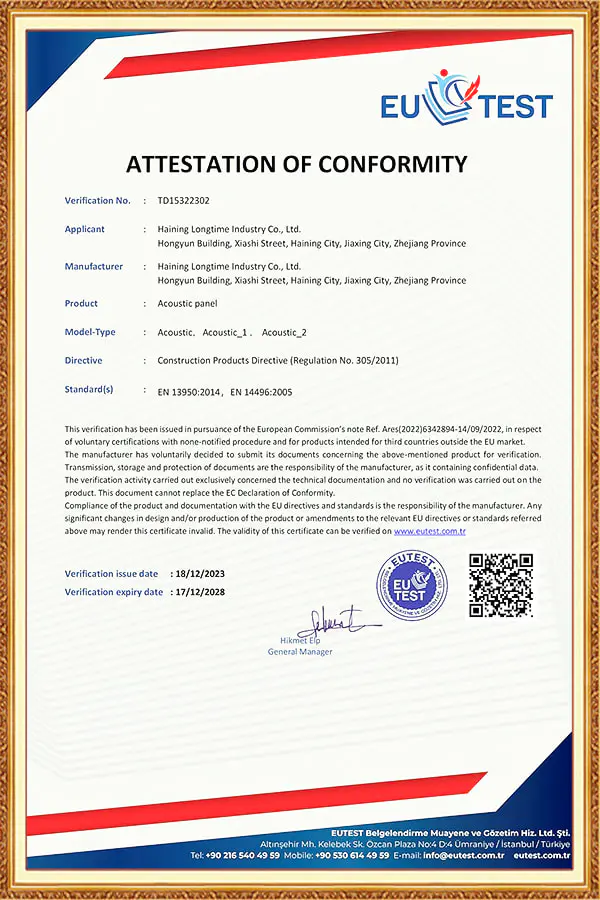
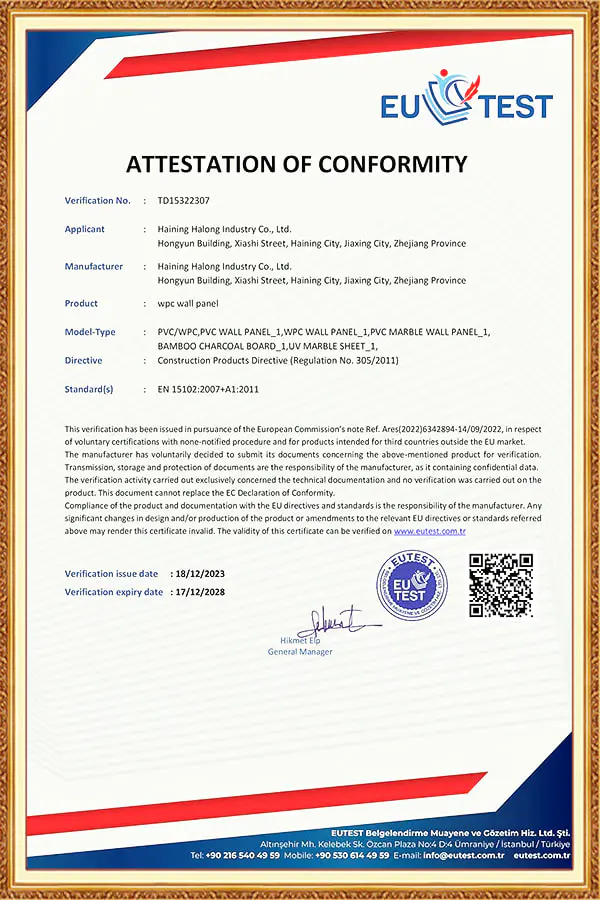
PVC ceiling panel has become a popular choice in modern construction due to its durability, low maintenance, and aesthetic versatility. However, improper installation can lead to warping, gaps, or premature damage. Understanding the correct installation techniques, preparation, and environmental con...
View MoreSPC wall panel has become a popular choice for modern interiors due to its durability, water resistance, and low maintenance. However, cutting and shaping SPC wall panels requires precision and understanding of the material to prevent damage. Improper handling can lead to chipped edges, uneven surfa...
View MoreBamboo wood fiber wall panel has gained widespread attention in modern interior and exterior design due to its eco-friendly properties, durability, and aesthetic appeal. Proper installation not only ensures a long lifespan but also maintains the panel’s structural integrity and visual appeal. Unders...
View MoreIn the world of modern printing and signage, there’s a silent workhorse that makes vibrant graphics, durable banners, and stunning displays possible: printing PVC film. While often overlooked, this versatile material is the foundation for countless visual communication applications, from large-format advertising to intricate vehicle wraps. The quality and performance of the final printed product are directly tied to the characteristics of the PVC film itself. This article will explore the science, manufacturing, and key properties that define a high-quality film, helping you understand what to look for and why it matters.
At its core, PVC (Polyvinyl Chloride) is a synthetic plastic polymer. Printing PVC film is specifically engineered for print applications, meaning its composition is finely tuned to accept and hold ink effectively. The manufacturing process is a complex dance of chemistry and engineering. PVC resin is mixed with various additives to create a custom formulation. These additives are crucial and dictate the film’s final properties.
The manufacturing method also plays a critical role. Calendered PVC film is the most common and cost-effective type, made by pressing the molten PVC mixture through a series of heated rollers. Cast PVC film, on the other hand, is a premium option. It’s made by pouring a liquid mixture onto a casting sheet and drying it. This process results in a more dimensionally stable film with less memory, making it ideal for complex applications like vehicle wraps where the film needs to conform to curves without lifting.
When evaluating a printing PVC film, several key properties stand out as indicators of quality and performance.
The choice of printing PVC film directly impacts the success of a project. Using a low-quality film for a critical application can lead to a host of problems, including:
This is where understanding the quality of the raw material is paramount. A high-quality film ensures the final product not only looks great but also performs as expected, providing a durable and long-lasting solution. This commitment to quality is something we at Haining Longtime Industry Co., Ltd. take seriously. We understand that our clients’ success depends on the performance of our materials, which is why we focus on producing printing PVC film that meets stringent quality and performance standards. By carefully controlling our manufacturing processes and selecting the finest raw materials, we ensure our films provide the superior dimensional stability and printability that professionals demand.
In conclusion, printing PVC film is far more than just a sheet of plastic. It’s a carefully engineered material whose quality is determined by its formulation, manufacturing process, and a host of key performance indicators. The decision to use a high-quality film is an investment in the longevity, appearance, and overall success of any visual communication project.